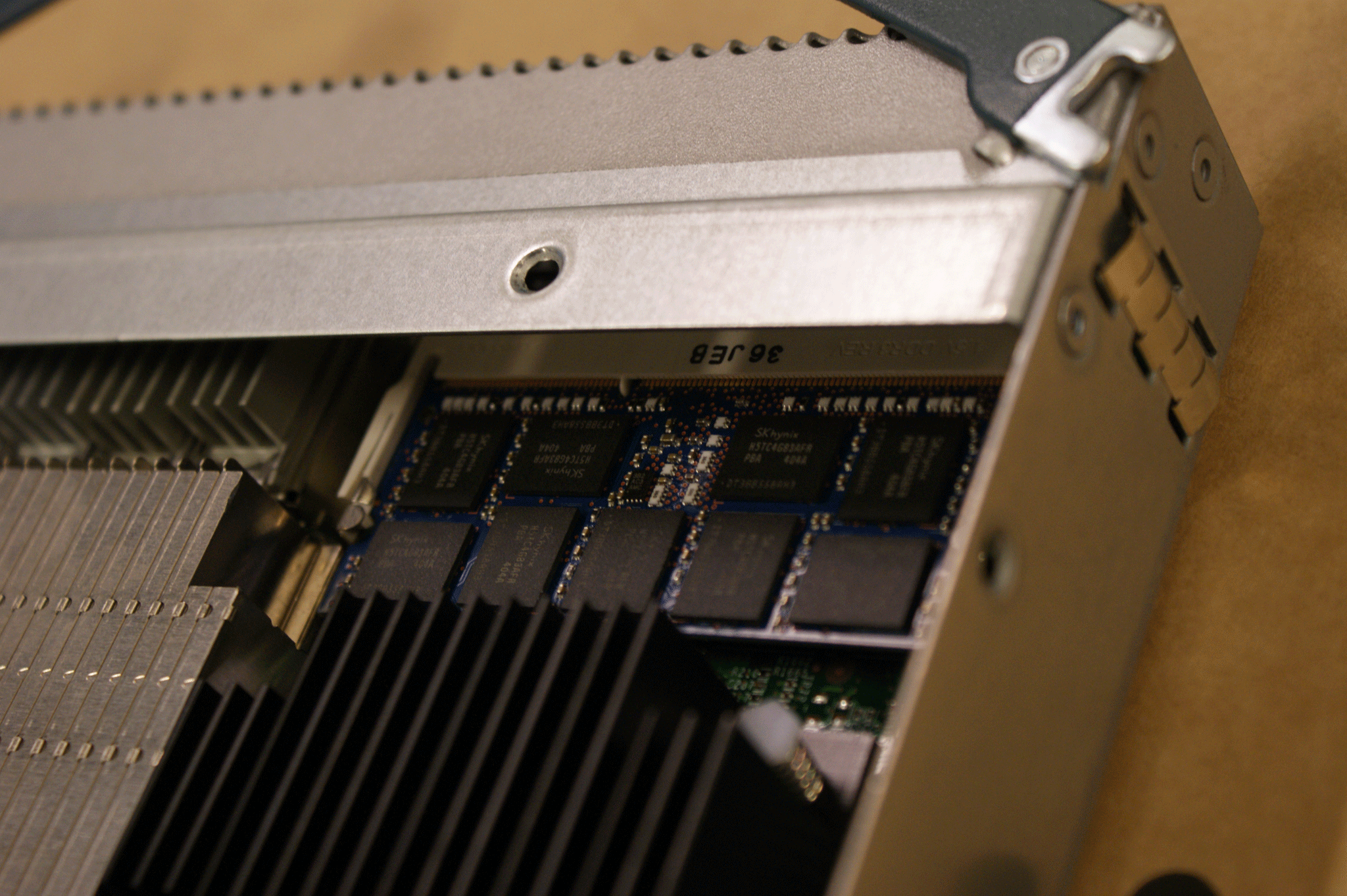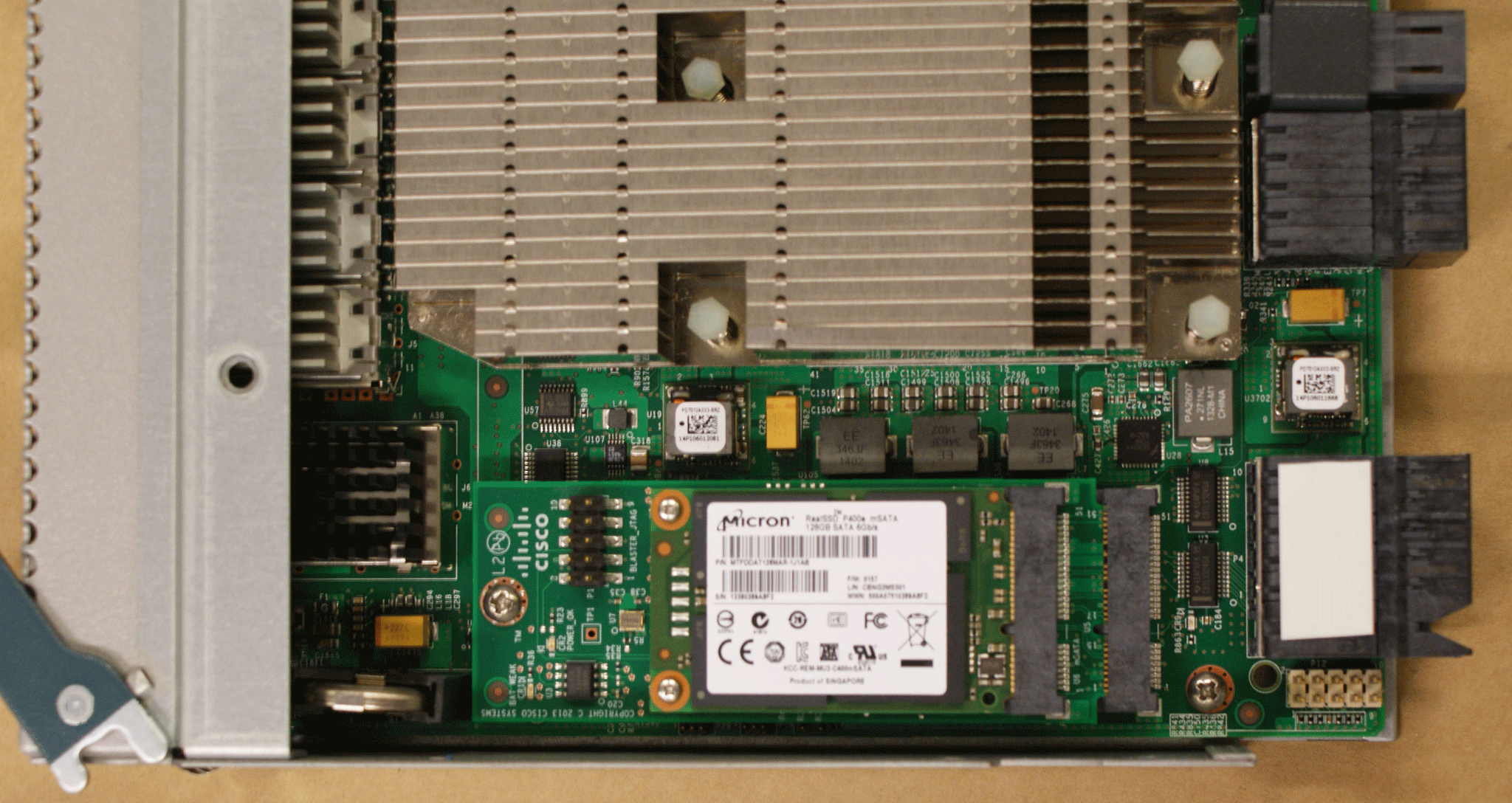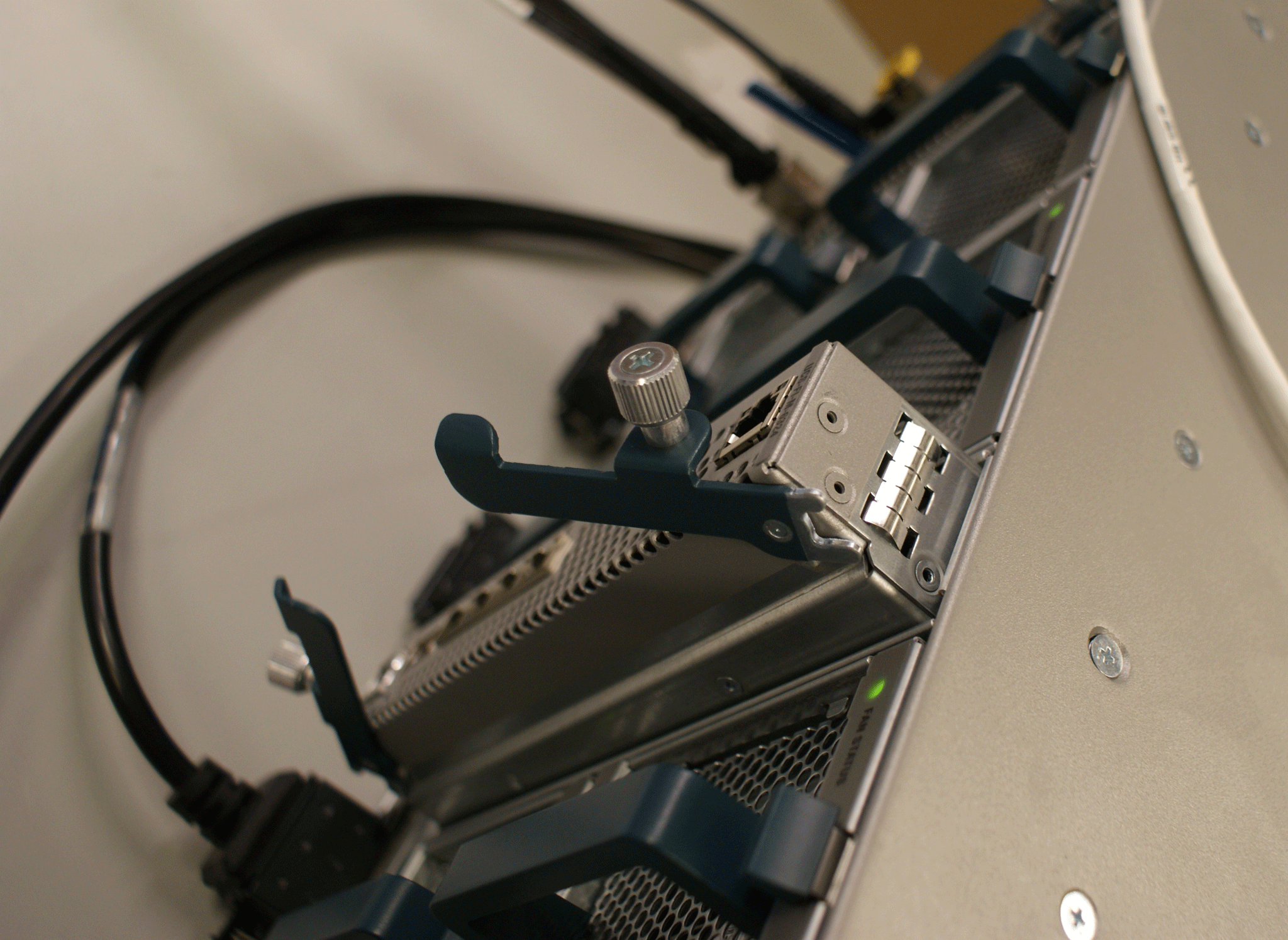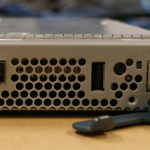Ciscos UCS Server proposition is rocking the market ("Report: Cisco Achieves Top Rank in Americas' x86 Blade Server Market") of datacenter computing. Their management software and profile concepts are, dare I say it, the best out there. As an engineer, it is a delight to work with UCS. The minimal amount of effort it takes to deploy a massive computing environment is mind blowing.
The thing that makes UCS awesome, is also the thing that usually weighs it down in small deployments; the Fabric Interconnect (FI). The UCS Manager that runs on the fabric interconnect makes the entire concept. Without them, UCS are basically just metal servers like any other servers out there.
The cost of the fabric interconnects are usually a big chunk of the investment, costing around 18k USD list (6248UP). This makes customers think twice about outfitting their smaller locations (disaster recovery, branches) with a full fledge UCS environment. This will change with the release of a new kind of Fabric Interconnect.
Cisco has just launched a smaller concept of their UCS platform, which currently has no name. The launch is scheduled for September, so they should have a name by then. I'm rooting for UCS Mini. 🙂
Imtech had the pleasure of field testing one of this mini version of UCS, so I was able to play around with one.
The integrated Fabric Interconnects (6324) sit on top of the existing I/O Module form factor and have four 10Gbit interfaces and one 40Gbit interface. The 40Gbit interface can be used with a breakout cable that transforms to 4 x 10Gbit cables and it can only be used for server interfaces to connect to four extra Cisco UCS C-Series rack servers. A future firmware update will create the possibility to connect another UCS chassis. Which means it will be possible to create a small UCS domain of up to 20 servers (2 chassis x 8 blades and 4 rack servers).
As we're used to on the 6200 series, the 6324 has unified ports. However, only the 4 fixed ports are unified and can be configured as fiber channel or ethernet ports. The 40Gbit interface can only be used for server connections and is called a Scalability Port inside the UCS Manager.
UCS Manager
The firmware has been updated to version 3.0 to support this new fabric interconnect structure. Cisco has also finally added a HTML5 web interface for management, next to the current java client. More on the web interface in part 2 of this review. There doesn't seem to be any other apparent changes in the software, as far as I can tell the only changes are for the new hardware and the web interface.
Configuring the new Scalability Port type interface is no different from the current interface configuration in the 6200 series, except that there are a few option greyed out.
Scalability & Redundancy
The mini version of UCS can be used to create domains up to 12 servers (up to 8 blade servers and 4 direct-connected rack servers. Extra chassis in the future). So a deployments with this UCS are limited to small scale disaster recovery sites and branches that need computing power. Using UCS Central you can connect the management of the UCS domains together (free up to 5 UCS domains), to create one management pane for your environment.
The redundancy of the mini version of UCS is as you would expect from normal fabric interconnects. There are cut-through paths for your ethernet and fiber channel traffic and the management plane is shared between the FI-IO Modules. Fabric failover is also available, making it possible for a vNIC to automatically switch between FI-IO Module 1 and FI-IO Module 2 when one or the other goes down.
Management failover is also the same as on normal fabric interconnects; it takes around 150 seconds for a management failover to complete. The vNIC Fabric failover is done instantly and the management virtual IP takes around 150 seconds to switch from FI-IO Module, after making sure all the management services are up and running.
Conclusion
Cisco has done a great job with this smaller version of the UCS platform. They have moulded the hardware into a smaller and cheaper form, which makes it more accessible for smaller deployments, but still have managed to keep all features which make UCS the best computing platform out there. In fact, they have not compromised a single feature on the mini version of UCS.
Impressions
Below are some impressions of the mini version of UCS.
You can find the official datasheet of the FI-IO 6324 here.







































0 Comments
1 Pingback